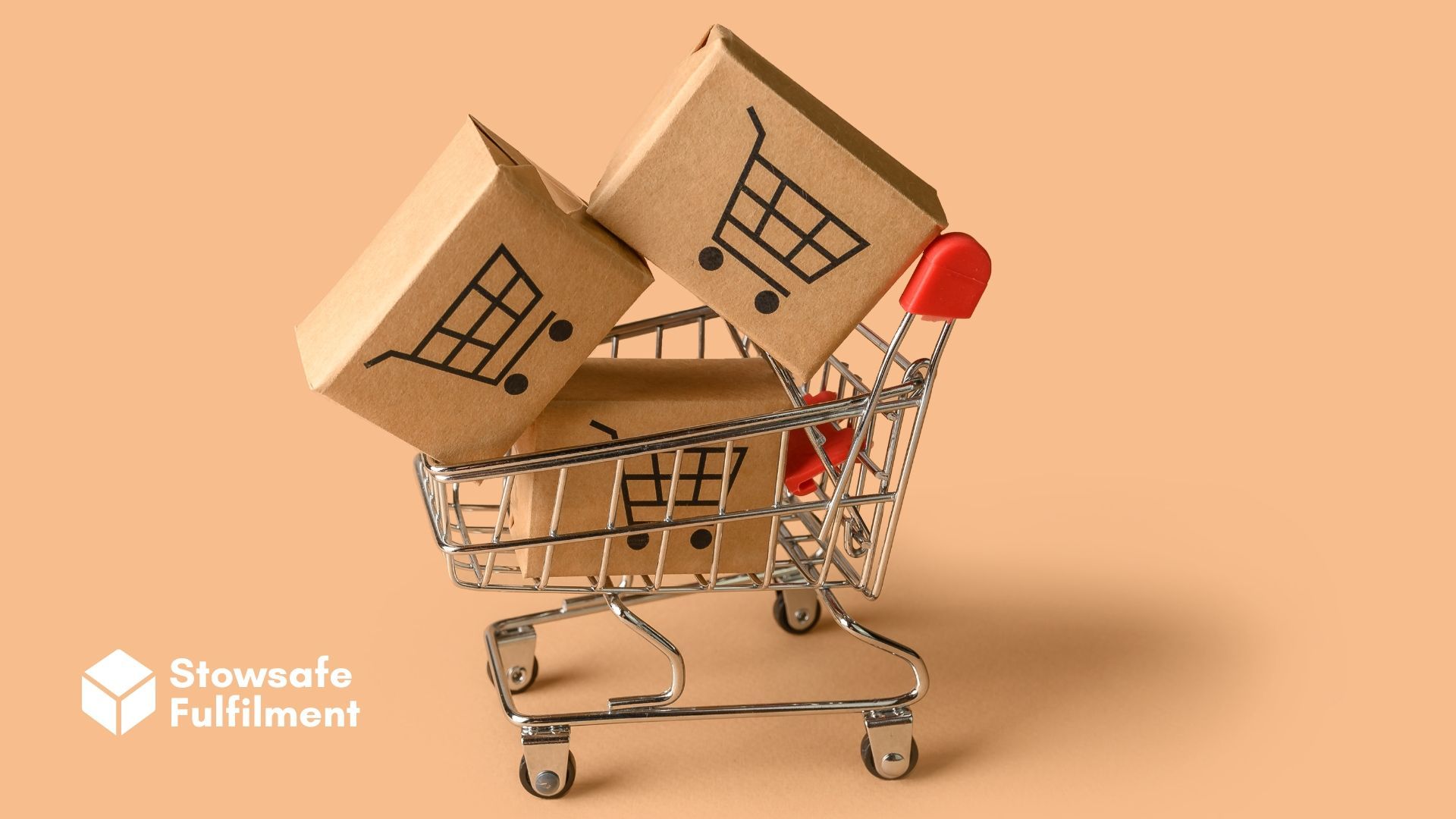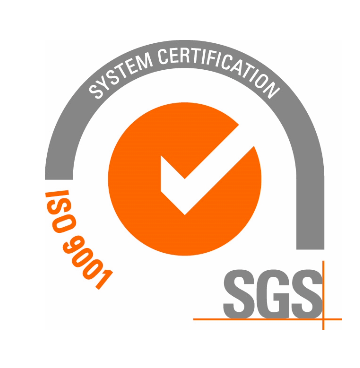Is your SME ready to set up an online store? Then you'll need an eCommerce platform. Read on to discover the pros and cons of 5 of the best.

Congratulations – your SME is ready for a dedicated online store. The big question is: which platform are you going to use?
Before we look at the pros and cons of five of the best eCommerce platforms, here are some questions you need to answer before signing up:
- Do you have a vision for how your site should look? If so, you'll need a platform that's rich in custom features.
- Are you going to use a third-party fulfilment provider? Then you'll need a platform that integrates with their WMS (warehouse management system). This is a way of outsourcing tasks like label printing, customer notifications and inventory management.
- Are you anticipating a significant spike in sales? This is where scalability is key. You'll need a platform that can adjust to a sudden increase in your customer base.
- What's your budget? Sure, the price of entry is usually cheap. But to make the most of these platforms, you may need to splash a little cash.
- Does your sector have any unique requirements? While most of these platforms are built for flexibility, some platforms cater to specific industries.
Once you've answered these questions, you'll be able to make an informed decision about which eCommerce platforms to use.
So without further ado, here are the pros and cons of five popular eCommerce platforms.
1. Shopify
Shopify has been an eCommerce stalwart since 2006. It's been ranked as the second most popular platform worldwide – and it's huge. In 2021, it reported that it was hosting over 1,700,000 brands in approximately 175 countries.
Shopify's USP is that it's intuitive and easy to use. Setting up a website is a case of dragging, dropping and customising – no need for complex coding here.
You pay for Shopify through a monthly subscription. This subscription covers hosting and support. A basic plan is £19 a month, rising to £49 for the standard plan and £259 for advanced.
In terms of online branding, you have the option to buy a domain through Shopify. The alternative is to use its free "myshopify.com" domain.
One limitation of Shopify is that it doesn't provide email hosting. If you want to send an email @ your custom domain, you'll have to put aside some of your budget for a third-party email hosting service.
2. Amazon
Setting up a professional Amazon seller account is a walk in the park. It will cost you £25 a month regardless of how much you sell – and Amazon will take a referral fee for each sale you make.
The obvious advantage of Amazon is that it's a household name that gives an SME instant access to clicking customers. Often, these are customers who know what they're looking for and are simply seeking out the best deal.
But this strength is also a weakness. Customers on Amazon aren't loyal to your brand – they're buying from you because on this particular customer journey you've offered them the right deal. Amazon's focus is on reviews, price and popularity – not the brand identity that you've sweated over.
3. eBay
Like Amazon, eBay is a household name. At the time of writing, it has around 1.5 billion active listings, 159 million active buyers and 19 million seller accounts.
eBay has the edge over Amazon in terms of brand identity. Sellers can add custom logos and other branded elements to their shop – and at the end of the transaction, they can provide custom packaging.
This allows sellers to stand out in a crowded field and potentially retain customers. But it's hard – customers are still likely to feel that they are buying from eBay, not from you.
On top of this, eBay has a labyrinthine seller fee structure which can impact your profit margin if you don't carefully plan ahead.
4. Magento
Magento is an eCommerce platform that's been around since 2007.
The first thing you should know is that Magento isn't user-friendly and requires a lot of coding know-how. If you choose Magento as your online store, you'll need either to put aside a lot of time for learning PHP or get an expert coder on board.
As for payment, Magento's pricing is a little complicated. It's free to install, but you have to pay for your domain and hosting.
The first of these isn't much of a hassle. There's a plethora of domain registration providers who will sort you out for somewhere between £7 and £12 a year.
Hosting is a bit more of a head-scratcher as there are only a few hosting providers that support Magento – and each one has its own pricing plan.
So while Magento will give you a professional-looking online shopfront, there are a few things to consider before signing up.
5. WooCommerce
WooCommerce is a plugin for WordPress. It can only be used on websites that host WordPress. For this reason, it's a viable option mainly for new sellers on the block, as established brands might have to redo their websites.
WooCommerce is flexible – it allows you to sell physical items, downloadable products and tickets. And it's rich with custom features, so you can make it the perfect shop window for your brand.
It's also easily scalable – so when your business grows, your store grows with you.
As with Magento, WooCommerce is only free in theory. While it's free to download and install, some of the bells and whistles will cost you. There are transaction fees for payment gateways, for instance, alongside set-up fees and account maintenance fees.
At Stowsafe we offer end-to-end
online fulfilment services – warehousing and packing products, labelling shipments, booking couriers and much more. We also tailor this process to brands on a range of eCommerce platforms. Interested in working with us? Then please don't hesitate to
get in touch.
All Rights Reserved | Stowsafe Fulfilment














